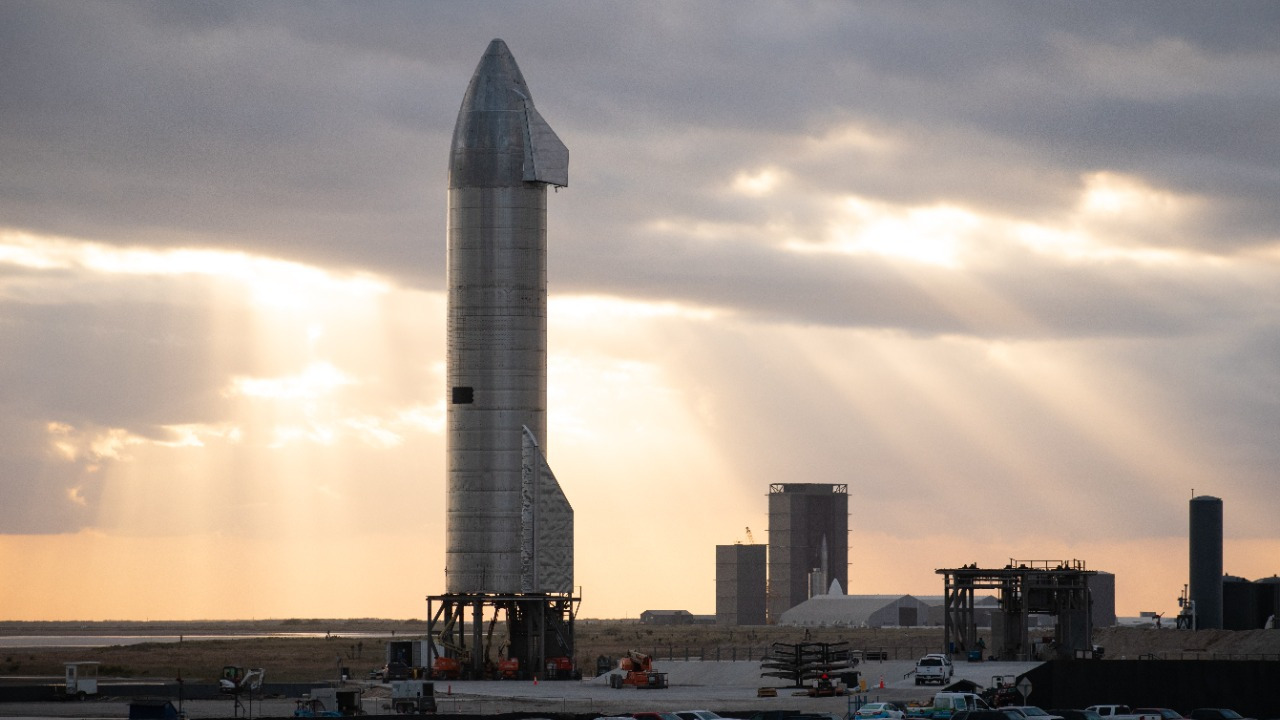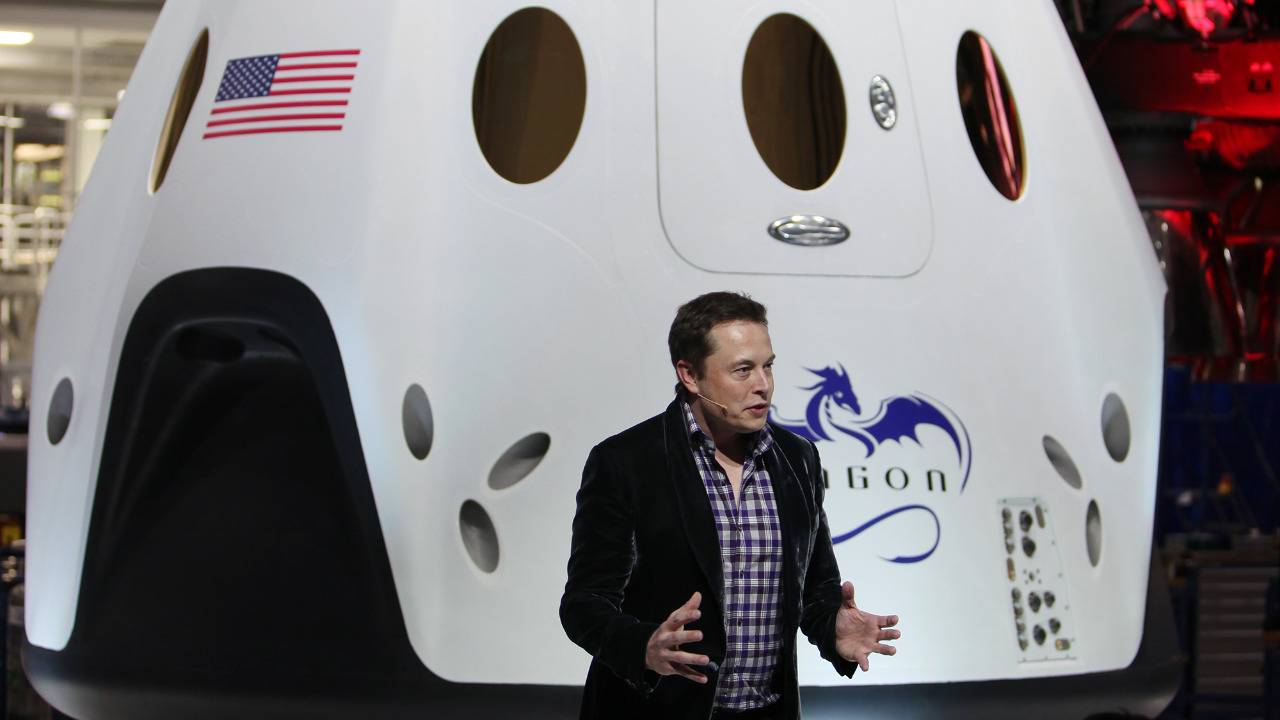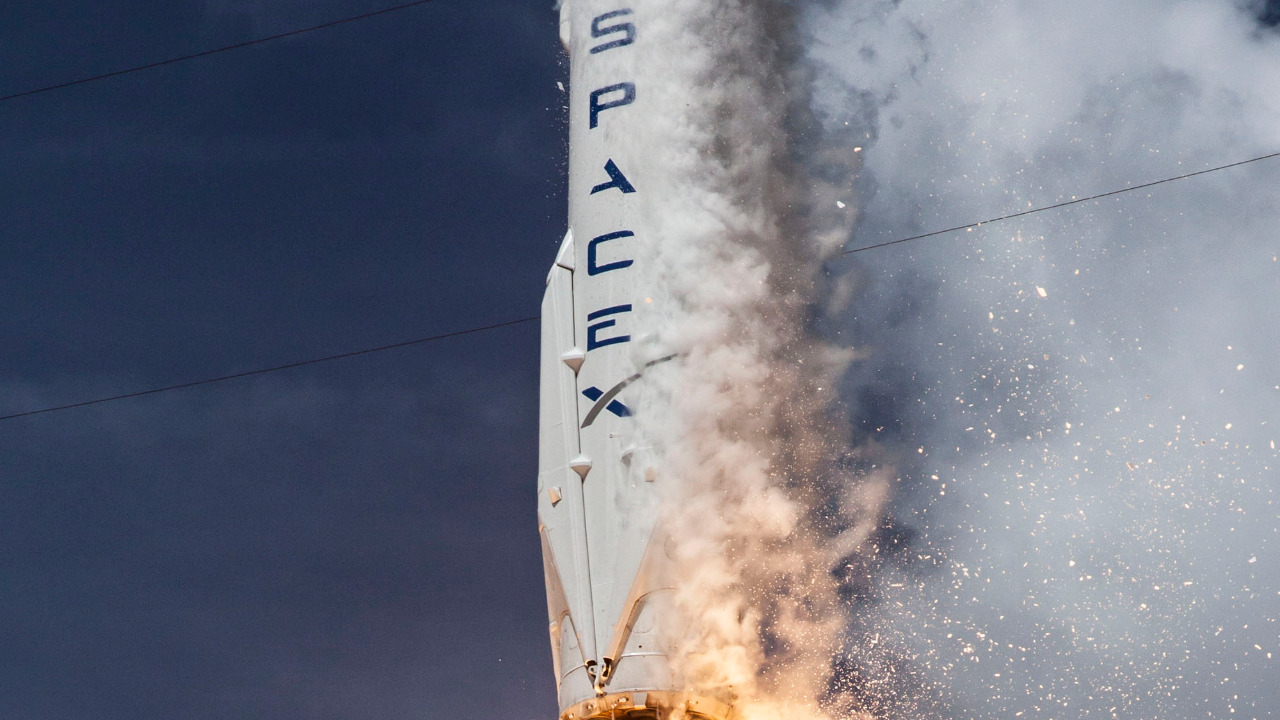
After nine ambitious attempts, SpaceX’s Starship has finally achieved a successful launch, marking a pivotal moment in space exploration. This milestone not only showcases technological advancements but also highlights SpaceX’s resilience and commitment to pushing the boundaries of space travel.
The Road to Success

Background of the Starship Program
The development of SpaceX’s Starship program has been a journey marked by ambition and tenacity. Initially conceived as a fully reusable spacecraft capable of taking humans to Mars and beyond, the Starship project set high expectations from the outset. However, the road to achieving these goals has been fraught with challenges. Each of the nine previous launch attempts faced its unique set of problems, ranging from structural failures to engine malfunctions. These setbacks, while disappointing, served as valuable lessons that informed subsequent design and engineering improvements.
SpaceX’s iterative approach allowed the team to refine their strategies after each failed attempt. For example, after the fourth launch failure, significant modifications were made to the thermal protection system to enhance the spacecraft’s durability upon re-entry. This kind of adaptive learning has been crucial to overcoming the technical hurdles that have come SpaceX’s way. The cumulative knowledge gained over these attempts has ultimately paved the way for the recent successful launch.
Technological Innovations
Central to SpaceX’s ability to overcome previous challenges are the technological innovations integrated into the Starship’s design. One of the most significant advancements has been in the engine technology. The Raptor engines, which power the Starship, have undergone numerous iterations to improve their efficiency and reliability. These engines are designed to use liquid methane and liquid oxygen, which makes them more environmentally sustainable compared to traditional rocket fuels.
Another noteworthy innovation is the use of advanced materials in the spacecraft’s construction. The Starship employs a stainless-steel skin that not only provides durability but also reflects heat, reducing the need for extensive thermal protection. This material choice, combined with the spacecraft’s aerodynamic design, has been instrumental in addressing the challenges faced during previous launches. The integration of these cutting-edge technologies underscores SpaceX’s commitment to pushing the boundaries of what is possible in space travel.
The Historic Launch

Details of the 10th Launch
The 10th launch of SpaceX’s Starship was a meticulously planned and executed event. The preparation phase involved rigorous testing of all systems to ensure that every component was functioning optimally. On the day of the launch, the countdown proceeded without a hitch, and the Starship lifted off smoothly from SpaceX’s launch site. The spacecraft’s ascent was flawless, reaching its intended altitude and completing a series of maneuvers that demonstrated its capabilities.
This successful launch is a significant milestone in SpaceX’s history. It not only validates years of hard work and dedication but also sets the stage for future missions. The ability to launch and land a fully reusable spacecraft represents a paradigm shift in space travel, offering the potential to dramatically reduce costs and increase the frequency of missions. SpaceX’s achievement has reinvigorated interest in space exploration and has set a new standard for the industry.
Reactions and Impact
The successful launch of the Starship has elicited a wave of reactions from across the globe. The scientific community has lauded the achievement as a breakthrough in aerospace engineering. Industry experts have praised SpaceX’s perseverance and innovation, acknowledging the company’s role in advancing space technology. The general public has also shown enthusiasm, with many expressing excitement about the possibilities that this success opens up for the future of space exploration.
The implications of this launch are far-reaching. It serves as a catalyst for future space missions, enabling more ambitious exploration initiatives. The ability to deploy a spacecraft of this magnitude and capability paves the way for missions to the Moon, Mars, and beyond. Additionally, the success of the Starship program has bolstered SpaceX’s reputation, positioning the company as a leader in the global space race. This achievement has also encouraged collaboration between private companies and government agencies, fostering a new era of innovation in space exploration.
Elon Musk and SpaceX’s Vision

Musk’s Leadership
Elon Musk’s leadership has been instrumental in driving the Starship project forward. His vision for space travel extends beyond simply reaching new destinations; it encompasses the idea of making life multi-planetary. Musk’s ambitious goals have inspired the SpaceX team to push the limits of what is possible, fostering a culture of innovation and risk-taking. Under his guidance, the company has embraced a philosophy of rapid prototyping and iterative improvement, which has been key to overcoming the challenges faced during the Starship’s development.
Musk’s influence is evident in SpaceX’s approach to problem-solving and innovation. His willingness to take calculated risks has allowed the company to experiment with new technologies and ideas, leading to groundbreaking advancements in the industry. The successful launch of the Starship is a testament to Musk’s vision and leadership, as well as the dedication and expertise of the entire SpaceX team.
Future Aspirations
The successful launch of the Starship aligns with SpaceX’s long-term goals, particularly the ambition to colonize Mars. This achievement is a significant step toward realizing that vision, as it demonstrates the feasibility of deploying a fully reusable spacecraft capable of carrying humans to other planets. SpaceX’s focus on sustainability and cost-effectiveness further underscores its commitment to making space travel accessible and affordable.
Looking ahead, SpaceX has several upcoming projects and developments in the pipeline. The company is working on refining the Starship’s capabilities for future missions, including potential lunar landings and interplanetary travel. Additionally, SpaceX continues to collaborate with NASA and other space agencies, leveraging its expertise to contribute to the advancement of human space exploration. The success of the Starship program is just the beginning, and SpaceX’s future aspirations hold the promise of transforming the way we explore and understand the universe.
Implications for the Space Industry

Competitive Landscape
The success of SpaceX’s Starship has significant implications for the global space industry. It has intensified the competition among private companies vying for a share of the burgeoning space market. Companies like Blue Origin and Rocket Lab are now under increased pressure to accelerate their own development efforts in order to keep pace with SpaceX’s advancements. This competitive environment is driving innovation and pushing the industry to new heights.
Moreover, SpaceX’s achievement has influenced the strategies of government space agencies, including NASA. The agency has already partnered with SpaceX on several projects, recognizing the value of collaboration with private companies. The success of the Starship program has reinforced the importance of public-private partnerships in advancing space exploration. This collaborative approach is likely to continue, enabling more ambitious and cost-effective missions in the future.
Economic and Scientific Benefits
The economic and scientific benefits of SpaceX’s Starship program are substantial. The development of fully reusable rockets promises to significantly reduce the cost of space travel, making it more accessible to a wider range of organizations and individuals. This cost-effectiveness has the potential to open up new opportunities for commercial ventures, such as space tourism and resource extraction from celestial bodies.
In addition to economic benefits, the Starship’s capabilities offer new opportunities for scientific research. The ability to deploy large payloads and conduct extended missions enables the exploration of previously inaccessible regions of our solar system. This could lead to groundbreaking discoveries and a deeper understanding of our universe. The successful launch of the Starship is a testament to the potential of human ingenuity and the limitless possibilities that lie ahead in the realm of space exploration.